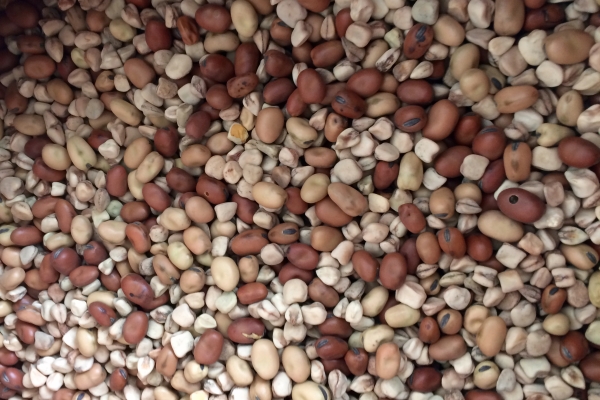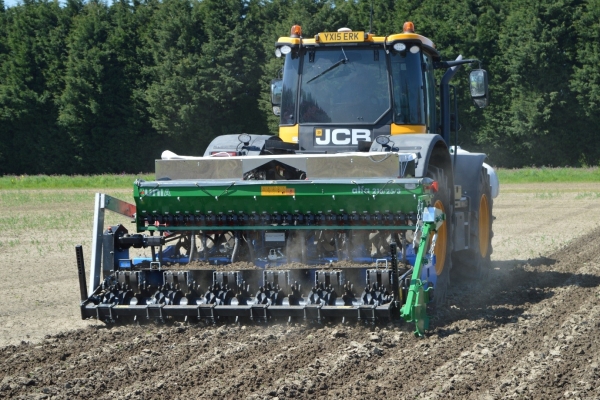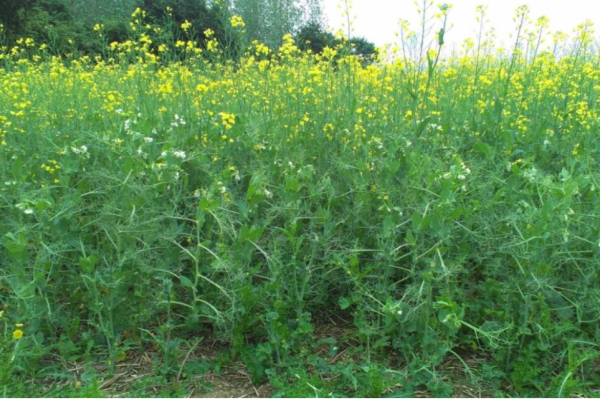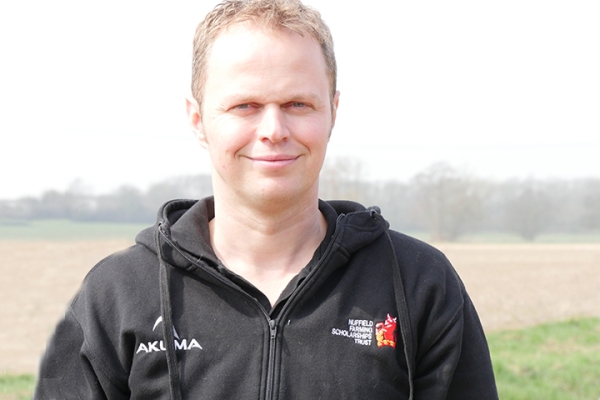Troubleshooting the Practical Challenges of Intercropping
Online webinar - series of videos
Resource explained
Intercropping offers promising opportunities to improve sustainability, reduce pest and disease burden, and enhance the resilience of agricultural systems to stresses such as climate change and market pressures. There are, however, practical challenges in growing, harvesting and processing mixed crops. As part of the DIVERSify project, Stockbridge Technology Centre analysed the technical and technological solutions to these challenges. These troubleshooting solutions were presented by Dr David George (Reader in Precision Agronomy, Newcastle University) and discussed with a panel of industry experts, which included farmers (Andy Howard, Bockhanger Farms Ltd; Doug Christie, Durie Farms), a machinery manufacturer (Graham Rowe, Trials Equipment (UK) Ltd) and a Precision Agriculture Technology (PAT) delivery specialist and farmer (Andrew Manfield, Manterra Ltd). Technology gaps for future prioritisation were also addressed.
The footage accessed via the link above (and below) is the first of a series of 6 – view other footage from the webinar via the link or here.
Findings & recommendations
- Practical solutions to the challenges of intercropping exist at varying levels of accessibility, and across different mixed crops designs, and include a mixture of machinery, product and PAT-based approaches.
- While engagement with PAT can facilitate intercropping by supporting access to an increased number of solutions, this is not a prerequisite and many challenges can be addressed independently of PAT uptake.
- Solutions to some of the challenges might be more readily realised with structured intercrop designs, as these can better lend themselves to PAT placement technologies. Accessing these, however, can likely require increased use of specialist technology, and as such must be balanced against the need for investment.
- Key challenges remain further down the value chain in processing of harvested product, especially if this is intended for human consumption. There is also potential to address some practical challenges before the seed goes in the ground, by breeding varieties and cultivars that are better suited for growing as part of a mixed crop.
* Thanks to all organisers and contributors; Banfield-Zanin, J.A (Stockbridge Technology Centre), Karley, A , Keillor, B & Newton, A (James Hutton Institute), George, D.R (Newcastle University), Howard, A (Bockhanger Farms Ltd), Christie, D (Durie Farms), Rowe, G (Trials Equipment (UK) Ltd) & Manfield, A (Manterra Ltd).
Header image shows spring barley strip-tilled into a clover living mulch, with good weed suppression by clover, and presence of weeds without clover. Image credit: Jennifer Banfield-Zanin, Stockbridge Technology Centre (STC), CC BY-NC-ND.







